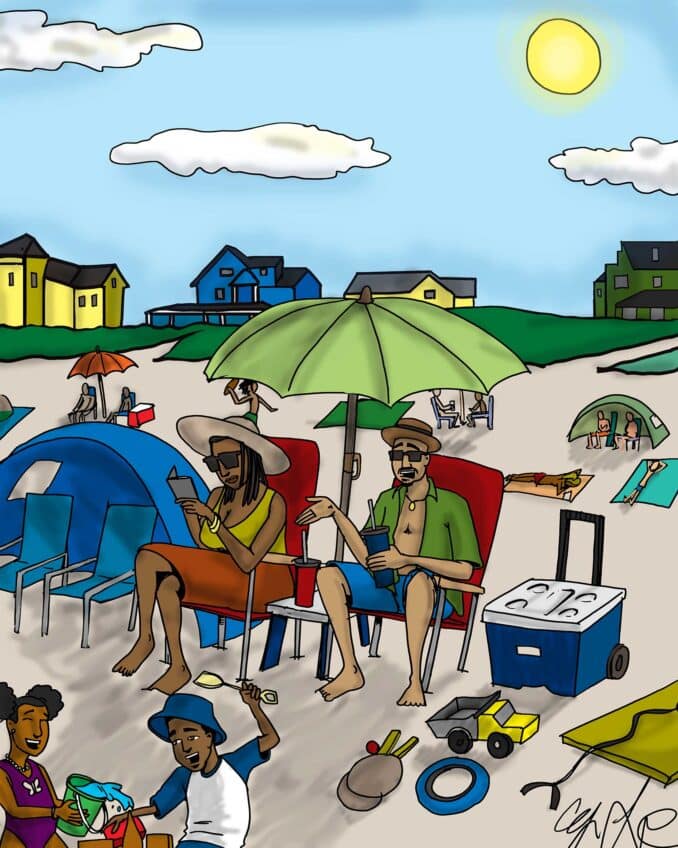Alarm bells toll for U.S. higher education
An analysis of 1,700 colleges and universities in the U.S. found that about one-third could not stay on their present financial path and survive.
This is the time of year when high school seniors anxiously await notification from their college applications. Just as important as an invitation to join the next freshman class is an adequate commitment from the college’s finance office.
According to a recent study by Bain & Company, a local consulting group, the new student would also be well-advised to review the financial statement of the college of his choice. An analysis of 1,700 colleges and universities in the U.S. found that about one-third could not stay on their present financial path and survive.
Most colleges require a four-year curriculum to obtain a bachelor’s degree. It would be educationally detrimental for a college to close before its students have graduated. Small New England colleges seem like bastions of financial solvency, but the Bain study has identified several local colleges that suffered deficits in the last five years. The Boston Globe report of the study lists Gordon College, Pine Manor College, Regis College, Simmons College, Wheaton College and Wheelock College in that category.
Well-endowed colleges can usually sustain a bad year or two by paying for the deficit from funds contributed to the school, but that strategy cannot last forever. The problem is that college managements have allowed their operating expenses to exceed their revenues. For most colleges, the major source of revenue is the student tuition funds.
The cost of higher education is already beyond the reach of most families. The market can no longer stand the annual increases in tuition costs. In order to attract desirable students, colleges have been forced to grant discounts from tuition in the form of scholarships. Student loans make up the difference. The size of the student loan portfolio has soared, now being greater than the aggregate owed for credit card debt. That source of revenue is becoming more of a problem.
Now that the cost of an education at private colleges has so increased, applications to state universities have grown, but they are no longer the bargain that they once were. When states found it difficult to sustain their financing of higher education, they induced the federal government to step in and provide financial support. However, with a substantial federal deficit, the government has been forced to cut those funds. The price of public higher education rose as a result.
American higher education was always the envy of the world. What went wrong?
One factor is the growth of the institution. In 1940, only about 5 percent of American adults earned a bachelor’s degree. Now that number is closer to 30 percent. There has been considerable pressure on non-profit colleges to be able to accommodate the growth in demand. For-profit schools emerged and they now educate 10 percent of the students, but they are getting 25 percent of the federal aid. There must be tighter controls to eliminate this disparity.
Another approach that is already underway is to improve the quality of the nation’s high schools so that college is really “higher education” and less remediation for what was not taught at the high school level.
One fact is clear, and President Obama has stressed it continually: Extensive education for Americans is essential if the nation is to retain a leadership role in global business development. And it is essential if citizens are to pursue the American Dream. It is critical to establish policies to retain and develop institutions of higher learning in order to provide the opportunities for the nation’s youth to attain through their effort the often elusive American Dream.






